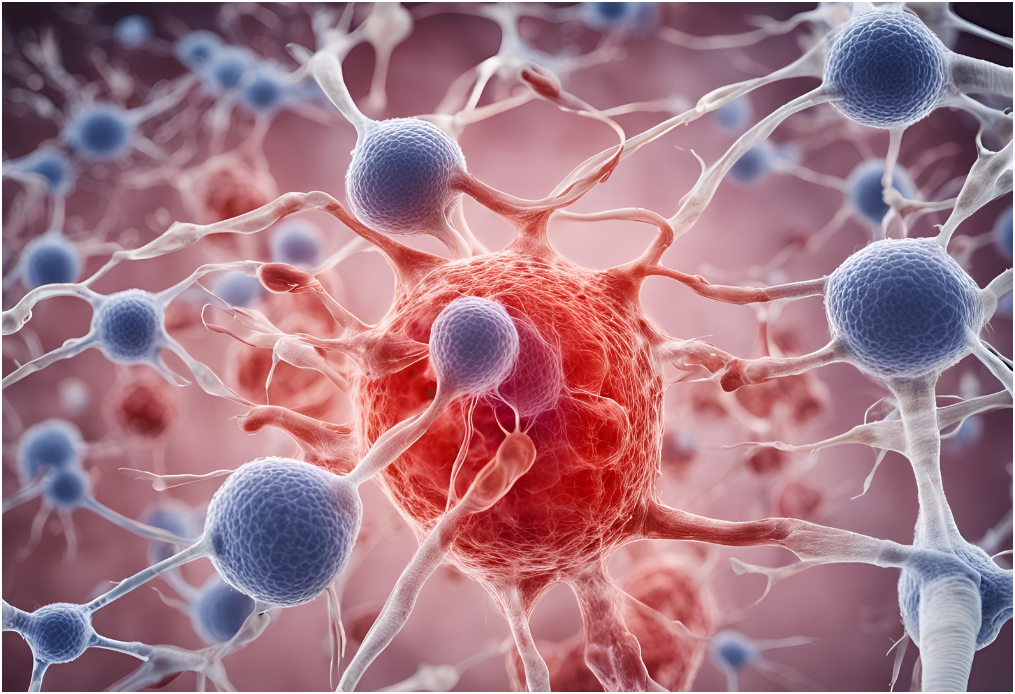In the realm of regenerative medicine, groundbreaking advancements are making it possible to grow and regenerate human tissues and organs in the laboratory. This intersection of regenerative medicine and bionics holds tremendous promise for revolutionizing healthcare by offering new avenues for treating injuries, congenital defects, and diseases that affect mobility and function.
Understanding Regenerative Medicine
Regenerative medicine focuses on harnessing the body's natural ability to repair, replace, and regenerate damaged tissues and organs using stem cells, biomaterials, and growth factors.

Growing Limbs in the Lab
At the heart of this approach lie bioprinting techniques for creating intricate scaffolds. These scaffolds act as a temporary structure, much like a building's framework. Using advanced bioprinting methods, scientists can create these scaffolds with precise architectures to support the growth of new tissues. These scaffolds are then seeded with stem cells or biological materials, providing the building blocks for limb regeneration. Stem cells hold immense potential for regenerative medicine. These versatile cells have the ability to differentiate into specialized cell types, such as those found in cartilage, bone, muscle, and nerve tissues – all crucial for a functional limb. By incorporating stem cell therapy into the process, scientists aim to stimulate the growth of these essential tissues within the bioprinted scaffolds. A functioning limb requires not just physical structure but also the ability to feel and move. Nerve regeneration plays a vital role in this process. Researchers are exploring ways to guide nerve growth within the bioengineered limb, aiming to restore sensory feedback and motor control. This would allow patients to regain a natural connection with their new limb.
Applications and Future Directions
The potential applications of this technology extend far beyond simply growing new limbs. Personalized medicine could be incorporated, tailoring treatments based on individual genetic profiles for optimal results. Additionally, this approach could be combined with advancements in bionics to create enhanced prosthetics that offer not only natural movement but also sensory feedback. This would be a game-changer for amputees, allowing them to experience a new level of control and functionality.
Challenges and Considerations
While the future looks promising, there are challenges to overcome. Engineering such complex tissues for functional integration requires significant advancements. Ethical and regulatory issues surrounding stem cell use and genetic manipulation need careful consideration. Additionally, ensuring long-term viability of bioengineered tissues and monitoring for potential complications is crucial.
Conclusion
The convergence of bioprinting, bioengineering, and stem cell therapy offers a glimpse into a future where regenerative medicine can transform healthcare. This research holds the potential to improve the quality of life for patients with limb injuries and conditions, providing new treatments for some of medicine's most complex challenges. As research progresses, the dream of growing limbs in the lab may become a reality, offering hope and a brighter future for countless individuals.